Syntaxerror Eol While Scanning String Literal
What is a syntax error?
A syntax error is a type of error that occurs when the code violates the syntax rules of a programming language. These rules define the correct structure and format of the code that the language can understand. Syntax errors prevent the interpreter or compiler from translating the code into machine-readable instructions, resulting in a failed execution.
What is an EOL?
EOL stands for End of Line. In programming, an EOL refers to the termination of a line of code. It is usually represented by a newline character or a combination of characters, depending on the programming language. EOL characters are essential for the interpreter or compiler to identify the end of a line and separate it from the next line.
What is a string literal?
In many programming languages, including Python, a string literal is a sequence of characters enclosed within quotation marks. It represents a fixed value that remains constant throughout the program’s execution. String literals are used to store and manipulate textual data, such as names, addresses, and messages.
Example of a string literal in Python:
name = “John Doe”
What causes the syntax error “EOL while scanning string literal”?
The syntax error “EOL while scanning string literal” is typically caused by missing or mismatched quotation marks in a string literal. The interpreter encounters an open quotation mark but fails to find its corresponding closing quotation mark. As a result, it interprets the rest of the line, or even subsequent lines, as part of the string literal, leading to the EOL error.
Here’s an example that demonstrates this error in Python:
message = “Hello, world! # Missing closing quotation mark
In this example, the error occurs because the closing quotation mark is missing, causing the interpreter to think that the entire line is part of the string literal. As a result, an EOL error is thrown.
How to fix the syntax error “EOL while scanning string literal”?
To fix the syntax error “EOL while scanning string literal,” you need to ensure that all string literals have matching opening and closing quotation marks. Here are a few steps to guide you through the process:
1. Identify the line where the error occurs: The error message will usually provide the line number where the problem is located.
2. Inspect the line for missing or mismatched quotation marks: Carefully examine the line and ensure that all string literals have proper opening and closing quotation marks. Pay attention to nested quotes within the string as well.
3. Insert or correct the missing or mismatched quotation marks: Add the missing quotation marks or correct any mismatches. Make sure that all opening quotation marks have corresponding closing quotation marks.
4. Save the changes and rerun the program: After making the necessary corrections, save the file and execute the program again. The error should no longer appear if the issue was fixed correctly.
How to prevent the syntax error “EOL while scanning string literal”?
Preventing syntax errors “EOL while scanning string literal” primarily involves writing clean and well-formatted code. Here are some best practices to follow:
1. Use an integrated development environment (IDE): IDEs provide error highlighting and code suggestions that can help you identify and fix syntax errors as you write code.
2. Pay attention to quotation marks: Ensure that all string literals have matching opening and closing quotation marks. Avoid mismatched quotation marks and be cautious when using nested quotes.
3. Format your code properly: Indent your code consistently and use line breaks appropriately to enhance readability. Proper formatting can help you spot syntax errors quickly.
4. Test your code frequently: Regularly testing your code can help identify syntax errors and other bugs early on. Use test cases to validate the behavior of your program and fix any issues you encounter.
Conclusion
SyntaxError: EOL while scanning string literal is a common error that occurs when there are missing or mismatched quotation marks in a string literal. This error can be easily fixed by carefully inspecting and correcting the string literals in your code. Following best practices and maintaining clean and well-formatted code can help prevent such errors from occurring.
FAQs
Q: What does “EOL” mean?
A: EOL stands for End of Line. It refers to the termination of a line of code, usually represented by a newline character or a combination of characters.
Q: How to fix the SyntaxError: invalid syntax in Python?
A: The SyntaxError: invalid syntax error occurs when there is a syntax mistake in your code. To fix it, carefully review the line identified in the error message and correct any syntax errors, such as missing punctuation or incorrect keywords.
Q: What does “EOF” mean in Python?
A: EOF stands for End of File. It refers to the end of the source code file that the interpreter or compiler is reading. The error message “EOF while scanning triple quoted string literal” indicates that the compiler encountered the end of file prematurely while scanning a triple-quoted string literal.
Q: What does “ValueError invalid mode: ‘rU’ while trying to load binding gypsyntaxerror eol while scanning string literal” mean?
A: This error message suggests that there is an invalid mode specified while attempting to load a binding called “gypsyntaxerror eol while scanning string literal.” Review the code or configuration, ensure that the mode is valid, and correct any mistakes.
Q: What is the meaning of “Eol while scanning string literal là gì”?
A: “Eol while scanning string literal là gì” is a Vietnamese phrase that translates to “What does ‘EOL while scanning string literal’ mean?” It refers to the error discussed in this article, where the interpreter encounters an EOL while reading a string literal without a closing quotation mark.
Syntaxerror: Eol While Scanning String Literal How To Fix In Python
What Is Eol In Python?
In the world of programming, various terms and acronyms are used to describe different concepts and features. One such term is EOL, which stands for “End of Line.” In Python, EOL refers to the termination character or sequence used to indicate the end of a line in a text file or a string of code.
End of Line characters have significance in text files since they determine how the lines are separated and displayed. Different operating systems have different conventions for specifying EOL characters. The three most common EOL conventions are:
1. Windows (CRLF): In Windows operating systems, each line in a text file is terminated by a combination of two characters – a Carriage Return (CR) followed by a Line Feed (LF). This convention is denoted as “\r\n”.
2. Unix/Linux (LF): In Unix-based systems, including Linux and macOS, each line in a text file is terminated by a single Line Feed character. This convention is denoted as “\n”.
3. Mac OS (Classic Mac): In older versions of Mac OS (prior to Mac OS X), each line was terminated by a Carriage Return character. This convention is denoted as “\r”.
Python provides built-in functionality to handle different EOL conventions through various methods and constants. Let’s explore some frequently used ones:
1. `os.linesep`: This constant returns the appropriate EOL character(s) for the current operating system. It automatically adapts to the EOL convention according to the platform on which the Python script is executed.
2. `str.splitlines()`: This method splits a given string into a list of lines, using the appropriate EOL character(s) for the platform. It provides a simple way to handle strings with different EOL conventions.
3. `str.rstrip(os.linesep)`: This method removes the EOL character(s) at the end of a string, regardless of the platform. It can be used to sanitize strings when dealing with multiple EOL conventions.
4. `open(file, mode, newline)`: When opening files in Python, you can specify the newline parameter to control the EOL convention used for reading or writing. By default, it is set to `None`, which means Python will determine the appropriate EOL convention based on the operating system.
Now, let’s answer some commonly asked questions related to EOL in Python:
1. Why is understanding EOL important in Python programming?
Understanding EOL is crucial when working with text files or strings that need to be compatible with different platforms. Improper handling of EOL characters can lead to unexpected behavior or compatibility issues when transferring files between different operating systems.
2. Can I change the EOL convention of an existing text file using Python?
Yes, you can change the EOL convention of an existing text file using Python. You need to read the file, process the EOL characters according to your desired convention, and then write the modified content back to the file. This can be achieved by manipulating the contents of the file in memory or using temporary files.
3. How should I handle EOL differences when working with text files in Python?
When working with text files that may have different EOL conventions, it is recommended to rely on Python’s file handling features to automatically handle EOL conversions. By using `open()` and specifying the newline parameter, Python will convert the EOL characters as needed, ensuring cross-platform compatibility.
4. Are EOL characters relevant when working with databases or network protocols in Python?
No, EOL characters are generally not relevant when working with databases or network protocols in Python. These systems typically handle data transmission independently of the EOL convention used by the operating system. However, it is advisable to normalize and sanitize the data before storing it or sending it across networks to avoid any potential issues.
In conclusion, EOL (End of Line) is an essential concept in Python programming, especially when dealing with text files and strings. By understanding the different EOL conventions and utilizing Python’s built-in functionality, programmers can effectively handle EOL characters, ensuring smooth cross-platform compatibility.
What Is An Eol Syntax Error?
In the world of programming, errors are bound to occur, whether you’re a novice or an experienced developer. One common type of error that programmers encounter is an EOL syntax error. EOL stands for End Of Line, and an EOL syntax error refers to a mistake in the code that occurs at the end of a line.
Syntax errors, in general, occur when the programming language’s rules and grammar are not followed correctly. These errors prevent the code from running, as the program cannot comprehend the instructions given. An EOL syntax error specifically lurks at the conclusion of a line, making it a bit more discreet but equally frustrating to locate and rectify.
When writing code, a line acts as a fundamental unit of instruction. The program reads the code line by line, interpreting each line’s instructions sequentially. An EOL syntax error disrupts this flow, as it hampers the program’s understanding of the instructions that follow.
Causes of EOL Syntax Errors
Various factors can contribute to the emergence of an EOL syntax error. Here are a few common causes:
1. Missing or misplaced punctuation: Omitting or misplacing punctuation marks, such as semicolons or commas, at the end of a line can lead to an EOL syntax error. These punctuation marks delineate the end of an instruction or statement, and their absence or incorrect placement can confuse the program.
2. Unclosed parentheses or brackets: Failing to properly close parentheses or brackets, either by not pairing them or leaving one open, can result in an EOL syntax error. The program expects each set of parentheses or brackets to be complete, and any lapse can cause the error.
3. Incomplete statements: Forgetting to complete a line of code before ending it can also trigger an EOL syntax error. The program expects a line to be a coherent statement, and abruptly concluding it without proper closure can lead to confusion.
4. Invalid line breaks: Introducing unnecessary or incorrect line breaks can create EOL syntax errors. While line breaks are essential for code readability, placing them inappropriately or without adhering to the programming language’s rules can cause errors to occur.
Impact of EOL Syntax Errors
EOL syntax errors may seem like minor oversights, but they can cause significant disruptions to a program’s functionality. When an EOL syntax error is encountered, the program will fail to execute the specific line affected by the error, rendering any subsequent instructions useless.
These errors can be particularly challenging to identify, especially in larger codebases or complex programs. It is important to maintain good programming practices and adhere to coding standards to minimize the occurrence of EOL syntax errors. However, when they do arise, it is crucial to be able to recognize and rectify them efficiently.
Resolving EOL Syntax Errors
To resolve an EOL syntax error, you must meticulously inspect the code to identify the cause of the error. Here are a few steps to take when debugging such errors:
1. Locate the error message: When a program encounters an EOL syntax error, it usually generates an error message that indicates the line and location of the error. Use this message as a starting point to narrow down the area that requires examination.
2. Review the code: Carefully inspect the code referenced in the error message. Double-check the line where the error occurred, along with the preceding lines that could contribute to the issue. Pay close attention to any missing or misplaced punctuation, unclosed parentheses or brackets, and incomplete statements.
3. Check code formatting: Verify that the code adheres to proper formatting and indentation. Clean and clear code formatting can help improve the readability of your code and minimize the potential for syntax errors.
4. Use a code editor or IDE: Leveraging the features of a code editor or Integrated Development Environment (IDE) can make the debugging process easier. These tools often provide syntax highlighting, suggesting matching parentheses or brackets, and automatically closing punctuations, reducing the likelihood of EOL syntax errors.
FAQs
Q: Can an EOL syntax error affect the entire program?
A: No, an EOL syntax error typically impacts only the line where it occurs and the subsequent lines. Once you identify and fix the error, the program can usually continue executing the code correctly.
Q: How can I prevent EOL syntax errors?
A: Adhering to coding standards, using code editors or IDEs with helpful features, and maintaining good programming practices can all contribute to reducing the occurrence of EOL syntax errors.
Q: Are EOL syntax errors specific to a programming language?
A: No, EOL syntax errors can occur in any programming language that utilizes a line-by-line code execution approach.
Q: Is it all right to include line breaks in my code?
A: Yes, line breaks are essential for code readability. However, it is crucial to ensure that line breaks are introduced correctly and follow the programming language’s rules.
Q: Can code comments contribute to EOL syntax errors?
A: No, code comments are generally ignored by programming languages and do not affect syntax errors unless they are incorrectly formatted.
In conclusion, an EOL syntax error is a frustrating but common mistake that can disrupt the execution of a program. By understanding the causes, impact, and resolution of these errors, programmers can effectively locate and rectify them. Remember to pay attention to punctuation, closing brackets/parentheses, incomplete statements, and code formatting to minimize the occurrence of EOL syntax errors.
Keywords searched by users: syntaxerror eol while scanning string literal EOL while scanning string literal Python, Eol while scanning string literal là gì, EOF while scanning triple quoted string literal, SyntaxError: invalid syntax Python, ValueError invalid mode: ‘rU’ while trying to load binding gyp
Categories: Top 81 Syntaxerror Eol While Scanning String Literal
See more here: nhanvietluanvan.com
Eol While Scanning String Literal Python
Introduction:
In Python, string literals are a fundamental part of the language, allowing developers to work efficiently with textual data. However, when dealing with string literals, it is essential to understand the concept of End-of-Line (EOL). EOL refers to the termination characters that are used to mark the end of a line in a text file or a string. This article explores the significance of EOL in scanning string literals in Python, its variations, and provides examples to facilitate a comprehensive understanding of the topic.
EOL in String Literals:
In Python, string literals are enclosed within single quotes (”), double quotes (“”), or triple quotes (”’ ”’, “”” “””). While constructing multiline strings, developers often face the challenge of properly handling line breaks (EOL) in their code. Python code can be written on multiple lines for better readability, but this introduces EOL characters, which can impact the output of the program.
Variations in EOL Characters:
The choice of operating system can influence the representation of EOL characters in a text file. The three common variations of EOL characters are:
1. Carriage Return (CR) (\r) – Often used in Mac OS Classic systems.
2. Line Feed (LF) (\n) – Commonly used in Unix-like systems (including Linux and macOS).
3. Carriage Return followed by Line Feed (CRLF) (\r\n) – Most commonly used in Windows.
Python Platform Independence:
One of the remarkable features of Python is its platform independence. Python’s built-in libraries handle EOL variations transparently, allowing the same code to run seamlessly on different platforms. newline=’\n’ is the default behavior, and the file object’s write() method automatically chooses the appropriate EOL character, based on the platform running the code.
Scanning String Literals for EOL:
When scanning string literals for EOL characters, it is crucial to be aware of how Python interprets different EOL variations. The string module provides the endlinesplit() method, which can be used to categorize and extract EOL characters from a given string literal.
Example – Scanning String Literals for EOL:
“`python
import string
def scan_string_literal(string_literal):
eol_chars = []
for char in string_literal:
if char in string.whitespace:
eol_chars.append(char)
return eol_chars
test_string = “Hello,\nWorld!”
print(scan_string_literal(test_string))
“`
Output:
[‘\n’]
Explanation:
The function `scan_string_literal()` scans the given string literal and returns a list of EOL characters present. In the example, the input string is “Hello,\nWorld!”, and the code identifies ‘\n’ as the EOL character.
FAQs:
Q1. Are EOL characters visible when printing strings?
A1. EOL characters are invisible when printing strings. However, they play a crucial role when interpreting or processing text files.
Q2. Can I replace EOL characters within a string literal?
A2. Yes, string literals can have EOL characters replaced using the `replace()` method. For example, `my_string.replace(‘\n’, ‘
‘)` would replace all ‘\n’ characters with ‘
‘.
Q3. How can I handle different EOL variations in Python?
A3. Python automatically handles EOL variations based on the platform. Moreover, libraries like `os` and `sys` provide functions to handle differences in EOL characters when working with files.
Q4. Can string literals span multiple lines without EOL characters?
A4. Yes, Python allows multiline strings without EOL characters by using triple quotes (”’ ”’, “”” “””). This feature is especially useful when working with large blocks of text or embedding code snippets within strings.
Conclusion:
Understanding End-of-Line (EOL) is crucial when working with string literals in Python. Being aware of different EOL character variations and Python’s platform independence allows developers to write robust and portable code. By efficiently scanning for EOL characters, Python programmers can manage and manipulate string literals according to their requirements.
Eol While Scanning String Literal Là Gì
An EOL character essentially marks the end of a line in a text file or stream of data. It signifies the point where the current line ends and a new line begins. Different operating systems use different EOL characters, which has important implications for software interoperability and portability.
In most Windows-based systems, an EOL is represented as a combination of two characters: carriage return (CR) followed by a line feed (LF), denoted as “\r\n” in programming. This convention dates back to the early days of typewriters, when the carriage return indicated the return of the typewriter head to the beginning of the line after reaching its end. The line feed, on the other hand, moved the paper up by one line, allowing the typewriter to start writing on a new line. This convention has persisted in the Windows platform, and many coding languages running on it still follow this EOL representation.
Unix-based systems, including Linux and macOS, use a single LF character (“\n”) to represent an EOL. This convention derives from the early days of Unix, where the line feed character alone was sufficient to mark the end of a line. This approach is also followed by coding languages created for Unix-based systems.
Some older Macintosh systems, prior to the introduction of macOS, used the CR character (“\r”) as the EOL. However, this convention is relatively rare today, as macOS has transitioned to using the LF character (“\n”) as well.
It is crucial to be mindful of EOL characters when working with text files or transferring data between different operating systems. Failure to account for these differences can result in compatibility issues when code is run on different platforms. For example, if a text file created using Windows-style EOL (“\r\n”) is opened on a Unix-based system, the lines may appear concatenated, as the Unix system does not recognize the carriage return character.
Additionally, when programming, it is essential to correctly identify and handle EOL characters within the source code. Neglecting to do so can lead to unintended consequences, such as improper parsing of file contents or incorrect line numbering during debugging.
Now, let’s address some frequently asked questions related to EOL:
Q: Why is EOL important in programming?
A: EOL characters determine the end of a line, enabling proper parsing and interpretation of text files. Understanding and handling EOL characters correctly is crucial for software interoperability and creating cross-platform compatible applications.
Q: How can I ensure my code is platform-independent regarding EOL?
A: One way to ensure platform-independent code is by using libraries or functions that abstract away the underlying EOL characters. For instance, in Python, the ‘os’ module provides the ‘os.linesep’ constant, which represents the appropriate EOL sequence for the underlying operating system.
Q: Can I manually change the EOL characters in a text file?
A: Yes, it is possible to change the EOL characters in a text file using various text editors or tools specifically designed for this purpose. However, such modifications should be done with caution, as they can impact the behavior of software depending on the EOL conventions.
Q: Are EOL characters visible when viewing a text file?
A: By default, EOL characters are not visible in most text editors. However, some specialized editors or settings may allow you to display these characters explicitly.
Q: Can EOL characters cause security vulnerabilities?
A: EOL characters themselves do not pose security vulnerabilities. However, mishandling or failing to validate user input that includes EOL characters can potentially lead to security issues, such as command injection or improper data handling.
In conclusion, EOL characters play a vital role in programming and working with text-based data. Understanding their different representations across operating systems is crucial for ensuring interoperability and avoiding compatibility issues. By correctly identifying and handling EOL characters, programmers can write robust and platform-independent code.
Images related to the topic syntaxerror eol while scanning string literal

Found 35 images related to syntaxerror eol while scanning string literal theme






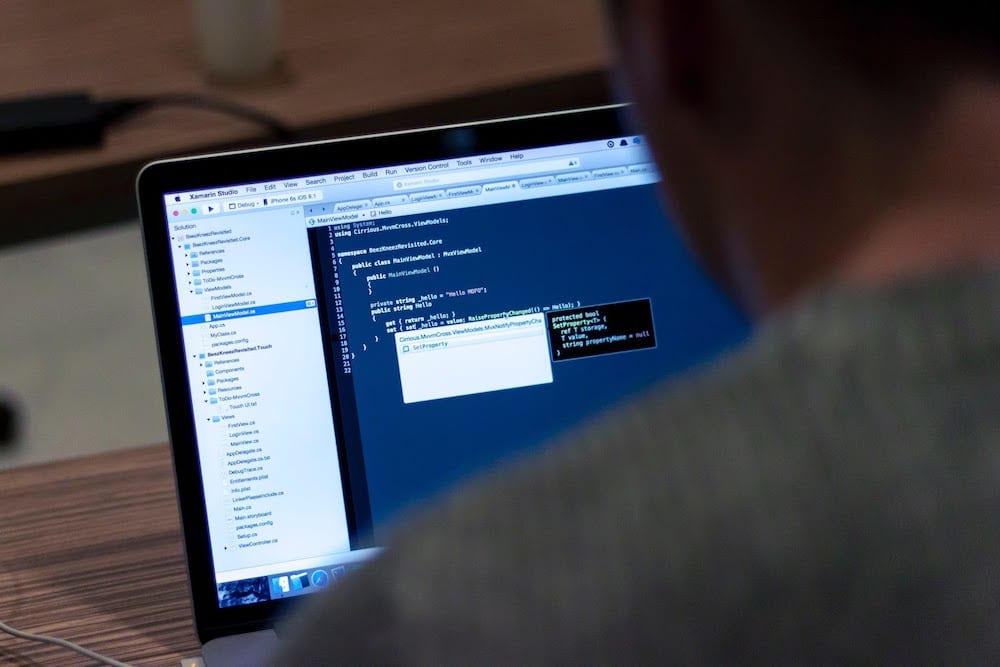

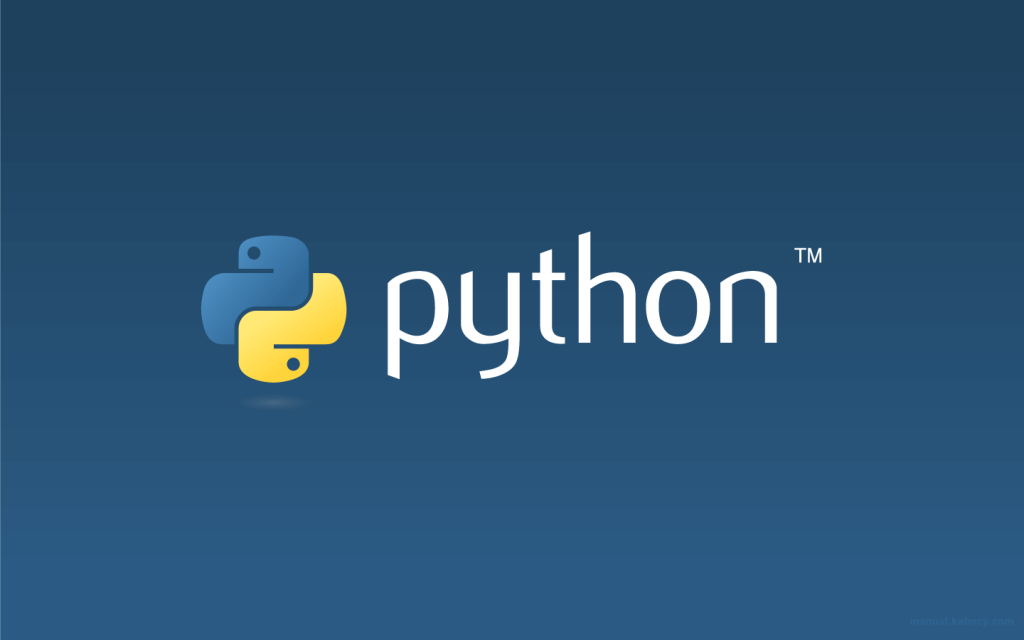
![Python error] SyntaxError: EOL while scanning string literal Python Error] Syntaxerror: Eol While Scanning String Literal](https://img1.daumcdn.net/thumb/R300x0/?fname=https://blog.kakaocdn.net/dn/1jiAT/btrnGjc9eOG/4HhK4nQEDeiK9encUPKtf0/img.png)
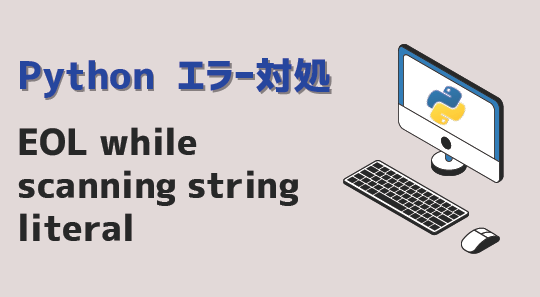




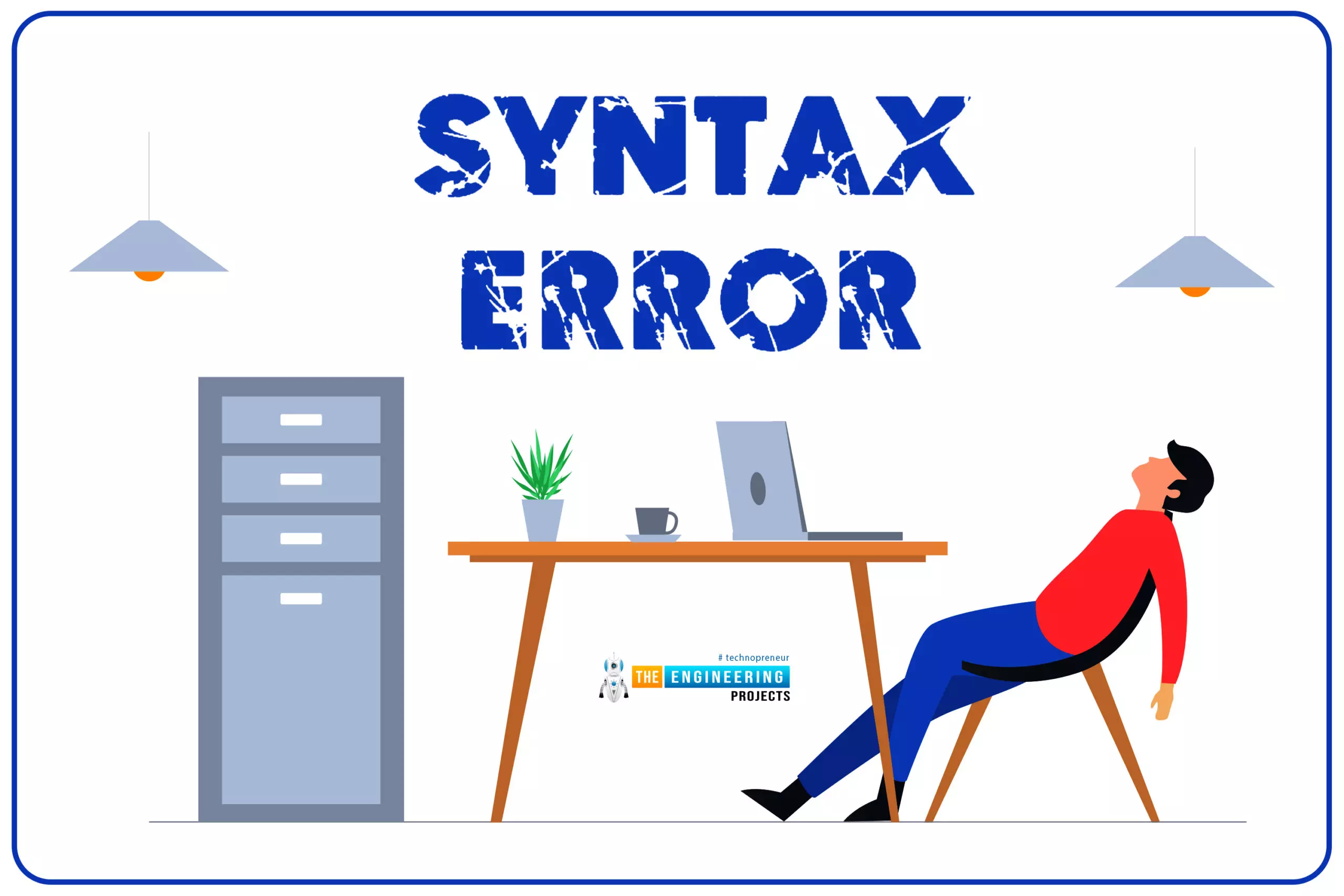
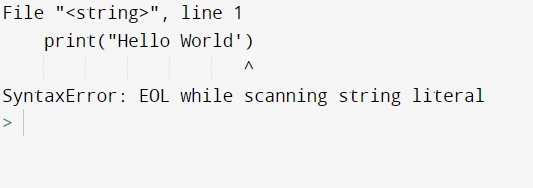
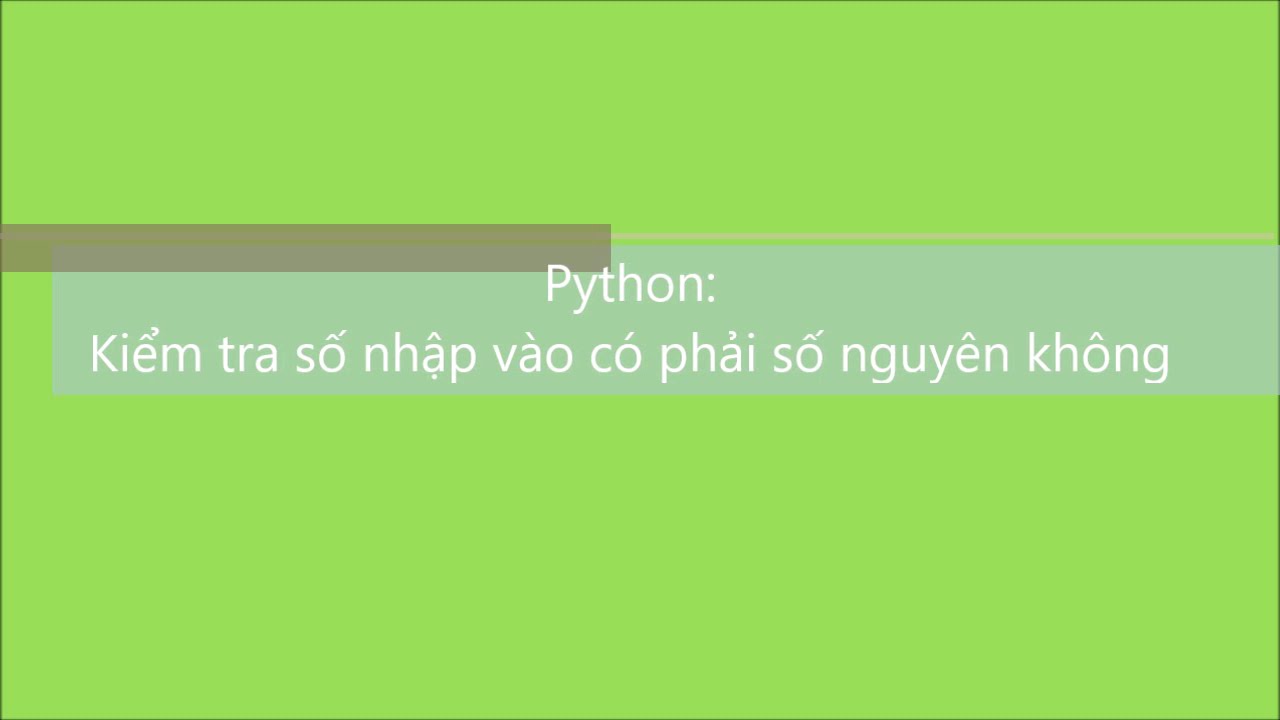



Article link: syntaxerror eol while scanning string literal.
Learn more about the topic syntaxerror eol while scanning string literal.
- Python SyntaxError – EOL while scanning string literal – Datagy
- python: SyntaxError: EOL while scanning string literal
- EOL in Python – Javatpoint
- SyntaxError- EOL while scanning string literal
- How To Fix Python Error EOL While Scanning? – Skynats
- How to Handle the Unclosed String Literal Error in Java – Rollbar
- SyntaxError- EOL while scanning … – Net-Informations.Com
- 4 Quick Solutions To EOL While Scanning String Literal Error
- Syntax Error: EOL while scanning string literal – AskPython
- How To Fix Python Error EOL While Scanning? – Skynats
- SyntaxError EOL While Scanning String Literal Fixed – STechies
- SyntaxError- EOL while scanning string literal
- Python syntaxerror: EOL while scanning string literal Solution
- Python error EOL while scanning | How to avoid – Bobcares
See more: https://nhanvietluanvan.com/luat-hoc/